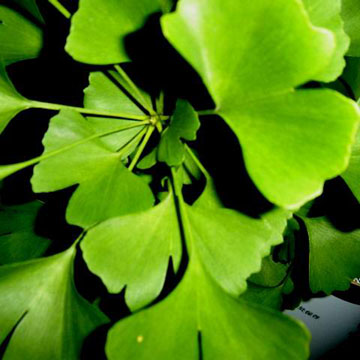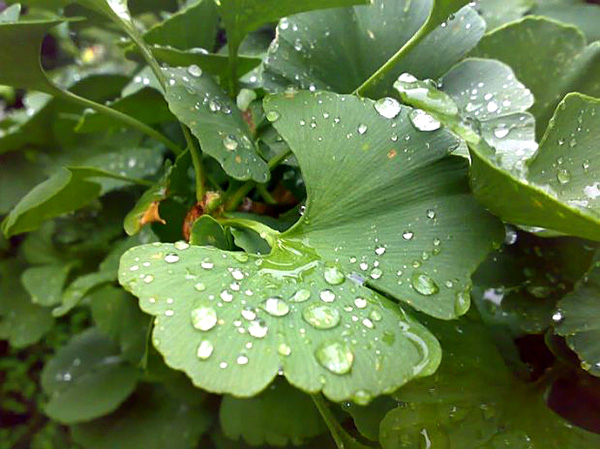Ginkgo Biloba, an amazing tree that survived the millennia, climate change, and even the atomic bomb is used as a youth elixir to keep mind and body in good shape.
Since the beginning of the world. Ginkgo Biloba is the world of the plant, a living fossil. This was the name given when researchers determined that Ginkgo species were related to the earth about 200 million years ago and have today sent us their extraordinary properties.
Wild varieties have disappeared, but people have saved modern tree that they planted for ornamental or therapeutic purposes, in cities, parks and gardens, along roads or dedicated crops, such as that in Sumter, South Carolina, which covers an area of 400 hectares (about 25,000 trees per hectare). Cultures of Ginkgo Biloba exist also at Bordeaux in France.
Ginkgo Biloba extract:
Leaf harvest begins in mid-July and is conducted by special teams, in the evening and night, because they break more easily when the temperature is lower.
The leaves are left to dry for 12 hours, then are transported to Europe. Here are fine chopped and go through a process of extraction of active principles, which follow the 27 steps and takes two weeks to obtain the standardized product.
Since 1990, Ginkgo has expanded production in China, where vineyards are totaling about 5,000 ha. Chinese manufacturers are working in partnership with the German and French countries.
To obtain 450 grams of medicinal product (standardized extract), are needed almost 23 kg of dried leaves of Ginkgo. Ginkgo Biloba extract is used to treat different diseases. It is administered as tablets or solution, and the production and marketing business is of billion of dollars annually.
Ginkgo extract is beneficial to the circulatory system, especially in older people. Studies have shown that it is useful to improve short-term memory in the treatment of headaches, tinnitus (ringing ears) and depression by restoring blood flow in poorly irrigated areas (capillaries).
The therapeutic effect:
It is assumed that the incredible strength and therapeutic effect of ginkgo trees are about the special qualities of the elements found in their leaves: gingetina, izogingetina, terpenes, ginkolide, cuartetina, camferol, izoramnetina, proanthocyanidins, the leaf extract contains flavonoids, and lactones. Acids found in fruit peel-gink golin, pirobol, ginol and fruits contain protein, fat, carbonates, minerals, ginkgolinic acid, tannins, fitosterin, asparagine and margenin.
Ginkgo Biloba has a powerful antioxidant and terpenes – anti-inflammatory action. The active ingredients, which are unique, found in Ginkgo Biloba, possess strong antioxidant attributes, improve assimilation of nutrients and stimulates the body’s immune system.
Extract of Ginkgo increases blood flow to peripheral tissues (hands, feet). Ginkgo Biloba improves peripheral circulation and combat syndrome of cold hands and feet. People with these problems always complain that they have hands and/or cold feet. The main cause is usually poor peripheral circulation. When temperatures are low, blood vessels shrink, sometimes so much that blood flow is minimal. Then comes the pain and difficulty to use their fingers. Women are more exposed to this danger, and they feel the cold more than men.

